What is a Relay? How to Wire One and Why You Need It for Lights, Winches & More
The Pro's Guide to Wiring High-Current Devices Safely and Effectively
You’ve just bought a powerful new accessory for your truck or boat—a massive LED light bar, a powerful winch, or a high-volume horn. You're ready to wire it up, but you hit a critical question: how do you get a small dashboard switch to control a massive amount of power without creating a fire hazard?
The answer is the automotive relay. Understanding and using a relay is what separates amateur wiring from a professional, reliable, and safe installation. This guide will demystify it for you completely.

What is a Relay and What Does It Do?
A relay is an electromagnetic switch. In the simplest terms, it lets a small electrical current control a much larger electrical current.
Think of it like the ignition in your car. You turn a small key (low effort), which activates a starter motor that cranks your entire engine (high power). A relay works on the same principle: a small signal triggers a high-power action.
It achieves this by using a low-power circuit (from your dashboard switch) to activate an internal electromagnet. This magnet closes a heavy-duty internal switch, completing a separate, high-power circuit that runs your accessory.

Why You Must Use a Relay for High-Power Devices?
Reason 1: To Prevent Your Switch From Melting (Fire Safety)
Your dashboard switch is designed for a low current, typically 1-3 amps. A powerful LED light bar can draw 15-20 amps. Forcing that much current through a low-rated switch will cause it to rapidly overheat, melt, and potentially start a fire inside your dashboard.
The relay acts as a heavy-duty bodyguard for your switch. It handles the massive current load, so your in-cab switch only needs to handle the tiny signal current required to activate the relay's electromagnet.
Reason 2: To Maximize Performance (Avoid Voltage Drop)
Voltage is lost as electricity travels along a wire, a phenomenon called "voltage drop." This loss is worse over long distances and with high currents.
Without a relay, the high-power wiring path is very long: from the battery, through the firewall, to your dashboard switch, and all the way back out to your accessory. This long run causes significant voltage drop, meaning your lights will be dim and your motors will be sluggish.
The relay allows for a short, efficient high-power circuit. You run a short, thick wire from the battery to the relay (in the engine bay) and then to your device. This minimizes voltage drop and ensures your accessory receives maximum power for peak performance.
How a 5-Pin Automotive Relay Works?
The key to mastering relays is understanding the pinout. While 4-pin relays exist for simple ON/OFF tasks, the 5-pin SPDT (Single Pole, Double Throw) relay is the most versatile and common type you'll encounter. It can be used as a simple ON/OFF switch or as a "change-over" switch to toggle power between two different circuits.
Here's what each pin does:

-
Pin 30 (Common Input): Connects to the main power source (battery positive), protected by a fuse. This is the central power input.
-
Pin 87 (Normally Open Output - NO): This is the "ON" position. This pin is disconnected when the relay is off. It connects to Pin 30 only when the relay is activated. This is the pin you'll use for accessories you want to turn ON, like a light bar.
-
Pin 87a (Normally Closed Output - NC): This is the "OFF" position. This pin is connected to Pin 30 when the relay is resting (off). It disconnects as soon as the relay is activated. This is useful for more advanced applications, like alarm systems or switching between two different lights.
-
Pin 86 (Trigger): Receives the low-power "on" signal from your dashboard switch.
-
Pin 85 (Ground): Provides the ground for the internal electromagnet, completing the low-power control circuit.
When you flip your switch, a small current flows from Pin 86 to Pin 85. This energizes the electromagnet, which instantly pulls an internal switch. This action does two things simultaneously: it breaks the connection between Pin 30 and Pin 87a, and creates a new connection between Pin 30 and Pin 87.
How to Wire a Relay: A Step-by-Step Guide
For this guide, we'll focus on the most common use case: using a 5-pin relay to turn a single high-power accessory (like an LED light bar) ON and OFF. In this scenario, we will use it like a 4-pin relay, and Pin 87a will not be used.

-
Safety First: Disconnect the negative battery terminal.
-
Wire the High-Power Circuit:
-
Connect a fused, thick wire from the battery's positive (+) terminal to Pin 30.
-
Connect a thick wire from Pin 87 (Normally Open) to the positive (+) terminal of your accessory.
-
(Leave Pin 87a unconnected and ensure its terminal is insulated with tape or heat shrink.)
-
-
Wire the Low-Power Control Circuit:
-
Connect a thin wire from Pin 85 to a solid chassis ground.
-
Connect a thin wire from Pin 86 to the output terminal of your dashboard switch.
-
Connect a fused, low-power source (e.g., from your fuse box) to the input terminal of your dashboard switch.
-
-
Ground the Accessory: Connect the negative (-) wire of your accessory to a solid chassis ground.
-
Finalize and Test: Reconnect the battery and test your switch. It should now trigger the relay with a faint "click," and your accessory will power on.
Conclusion: Don't Guess, Use a Relay
A relay is a fundamental component of any safe, reliable, and professional electrical system. It protects your equipment, prevents fires, and ensures your high-power gear performs at its absolute best.
Ready to get started? Shop our full range of automotive relays and wiring accessories here.


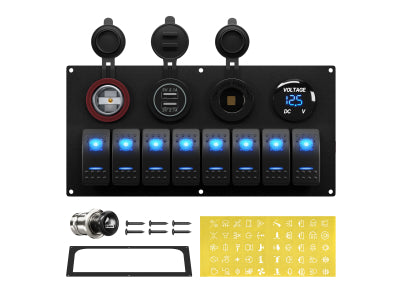
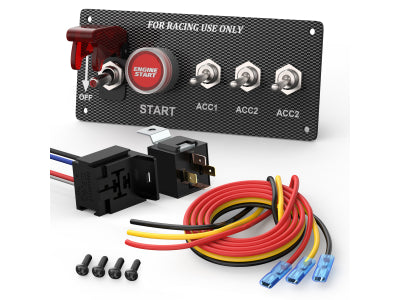
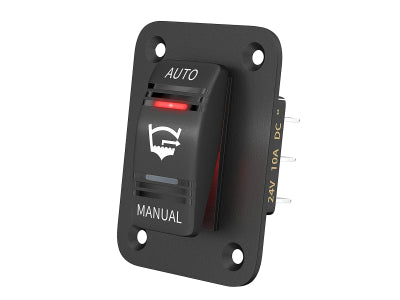
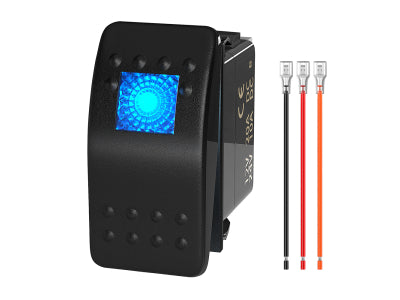

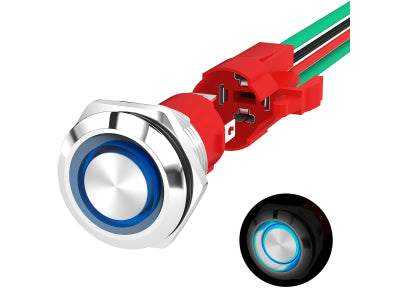
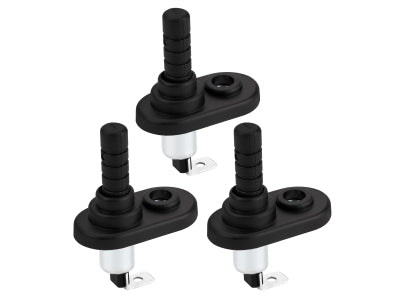
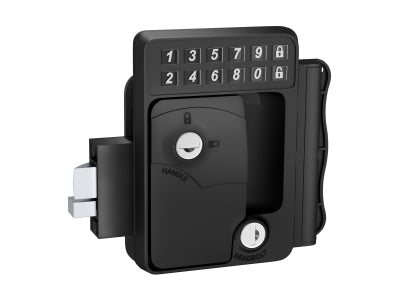
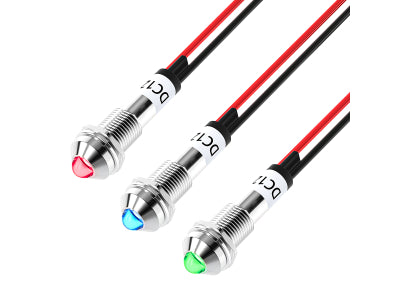
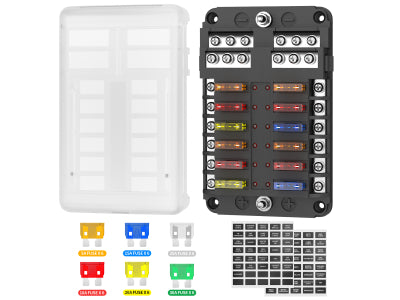
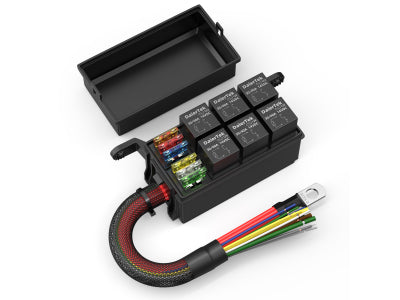
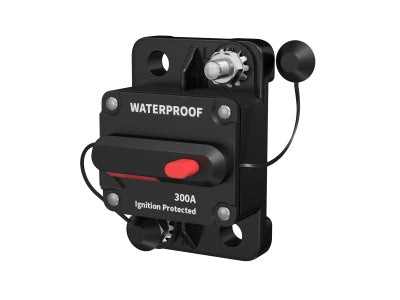
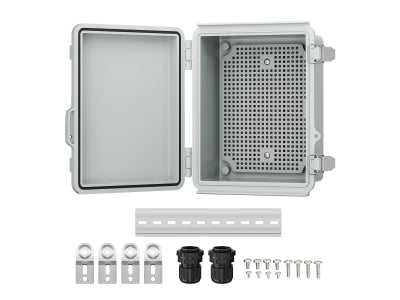
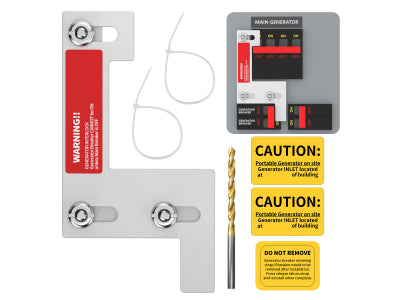
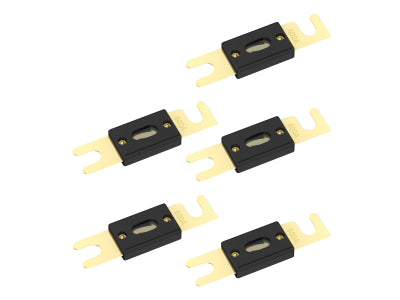
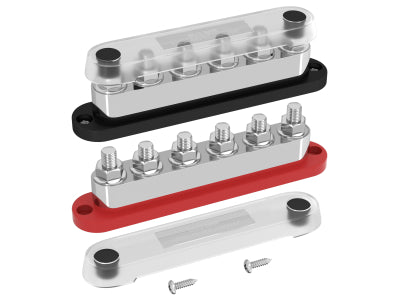
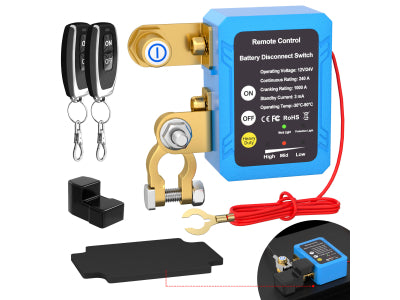
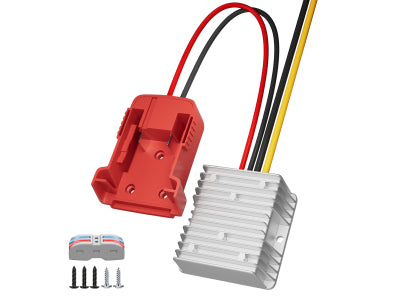
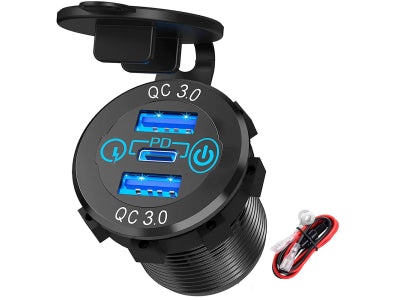
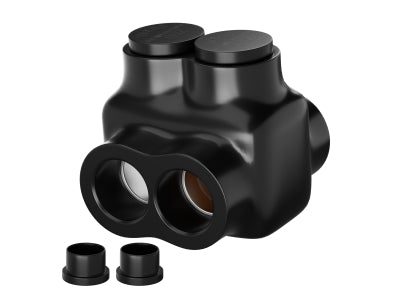
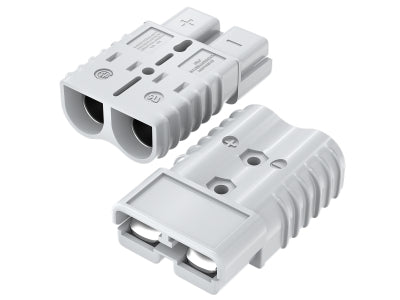

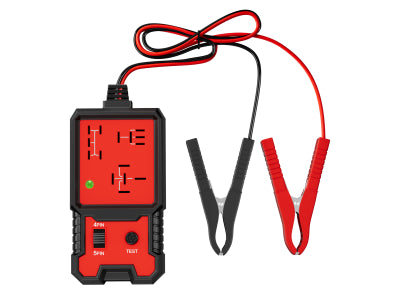
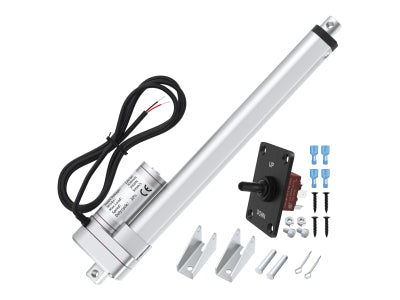
Leave a comment